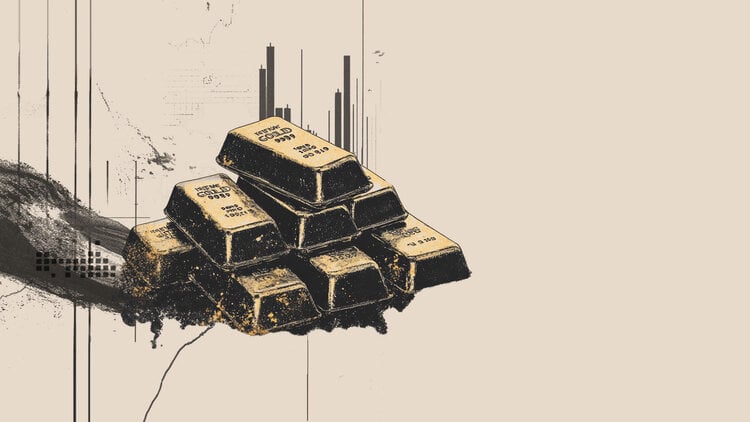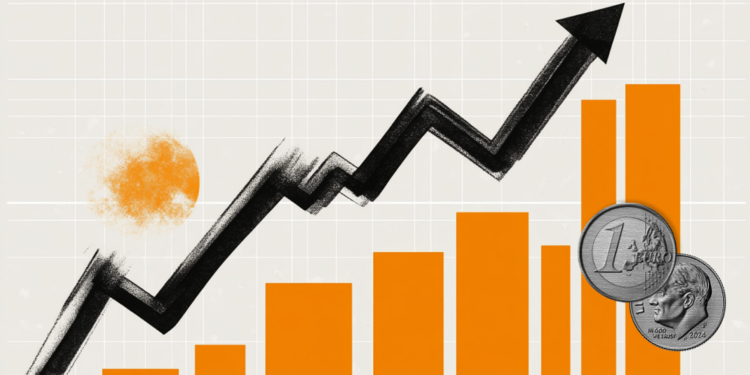Gold tumbles as traders book profits ahead of key US inflation data

Gold price (XAU/USD) edges lower below $4,100 during the early Asian trading hours on Thursday. The precious metal has faced a sharp sell-off in the previous sessions on easing tensions between the United States (US) and China. Traders also book profits ahead of key US inflation data due on Friday. Furthermore, analysts believe that the end of the Diwali festival in India, the world’s second-largest gold consumer, might reduce physical demand and drag the price lower.
On the other hand, the ongoing US government shutdown and geopolitical tensions could boost the Gold price, as it is viewed as a safe-haven asset in times of uncertainty. The speculation about further interest rate cuts by the Federal Reserve (Fed) could underpin the yellow metal. Lower interest rates could reduce the opportunity cost of holding Gold, supporting the non-yielding precious metal.
Traders will closely monitor the developments surrounding the US-China trade talks, as their trade representatives are scheduled to meet late this week ahead of a planned meeting between Chinese leader Xi Jinping and US President Donald Trump next week.
The release of the US September Consumer Price Index (CPI) inflation data will be in the spotlight later on Friday due to the government shutdown-driven data drought. If the report shows a hotter-than-expected outcome, this could lift the US Dollar (USD) and weigh on the USD-denominated commodity price in the near term.
Daily Digest Market Movers: Gold extends the decline as traders continue to book profits
- Gold experienced historic gains in 2025, with more than a 50% rise, surpassing previous volatile periods such as after the September 11 attacks, the 2008 financial crisis, or even the Covid-19 pandemic.
- The US government shutdown has entered its fourth week with no resolution in sight. The Senate is expected to vote again on a funding bill, though it’s likely to fail. This marks the second-longest government shutdown in US history.
- US President Donald Trump said late Wednesday that a long meeting is scheduled with China’s Xi Jinping in South Korea, and thinks something will work out.
- “The sell-off appears to be largely technical, with profit-taking following an extended period of overbought conditions since September. Despite the pullback, bullion remains up roughly 55% this year, and the longer-term primary uptrend remains firmly intact,” said Russell Shor, senior market analyst at tradu.com.
- Fed funds futures imply a 97% chance of a 25 bps rate reduction, according to LSEG data.
Gold keeps the bullish vibe in the longer term above the key EMA
Gold price trades in negative territory on the day. According to the daily chart, the constructive outlook of the precious metal prevails, with the price being well-supported above the key 100-day Exponential Moving Average. The upward momentum is reinforced by the 14-day Relative Strength Index (RSI), which stands above the midline near 57.25.
The immediate resistance level to watch is $4,140, the high of October 15. If buyers step in, Gold could invite fresh bullish momentum toward $4,330, the high of October 16. The next hurdle is seen at the upper boundary of the Bollinger Band of $4,365.
On the downside, the crucial support level for XAU/USD is seen at the 4,000 psychological level. More bearish candles and sustained action below the October 10 low of $3,947 could set the stage for a downside move that takes the price to $3,838, the low of October 3.
Gold FAQs
Gold has played a key role in human’s history as it has been widely used as a store of value and medium of exchange. Currently, apart from its shine and usage for jewelry, the precious metal is widely seen as a safe-haven asset, meaning that it is considered a good investment during turbulent times. Gold is also widely seen as a hedge against inflation and against depreciating currencies as it doesn’t rely on any specific issuer or government.
Central banks are the biggest Gold holders. In their aim to support their currencies in turbulent times, central banks tend to diversify their reserves and buy Gold to improve the perceived strength of the economy and the currency. High Gold reserves can be a source of trust for a country’s solvency. Central banks added 1,136 tonnes of Gold worth around $70 billion to their reserves in 2022, according to data from the World Gold Council. This is the highest yearly purchase since records began. Central banks from emerging economies such as China, India and Turkey are quickly increasing their Gold reserves.
Gold has an inverse correlation with the US Dollar and US Treasuries, which are both major reserve and safe-haven assets. When the Dollar depreciates, Gold tends to rise, enabling investors and central banks to diversify their assets in turbulent times. Gold is also inversely correlated with risk assets. A rally in the stock market tends to weaken Gold price, while sell-offs in riskier markets tend to favor the precious metal.
The price can move due to a wide range of factors. Geopolitical instability or fears of a deep recession can quickly make Gold price escalate due to its safe-haven status. As a yield-less asset, Gold tends to rise with lower interest rates, while higher cost of money usually weighs down on the yellow metal. Still, most moves depend on how the US Dollar (USD) behaves as the asset is priced in dollars (XAU/USD). A strong Dollar tends to keep the price of Gold controlled, whereas a weaker Dollar is likely to push Gold prices up.





